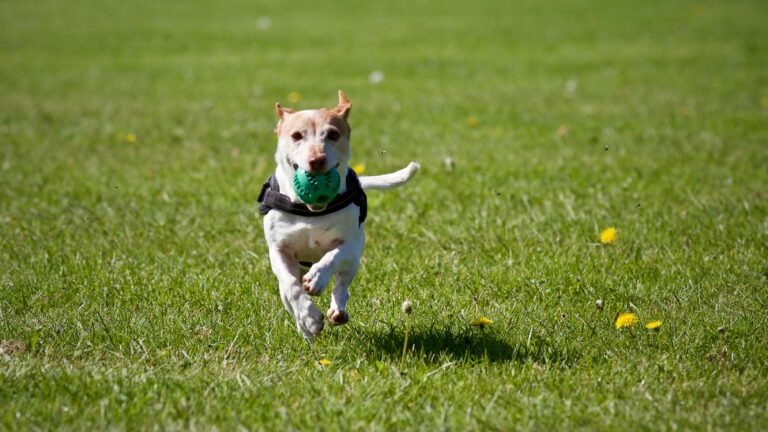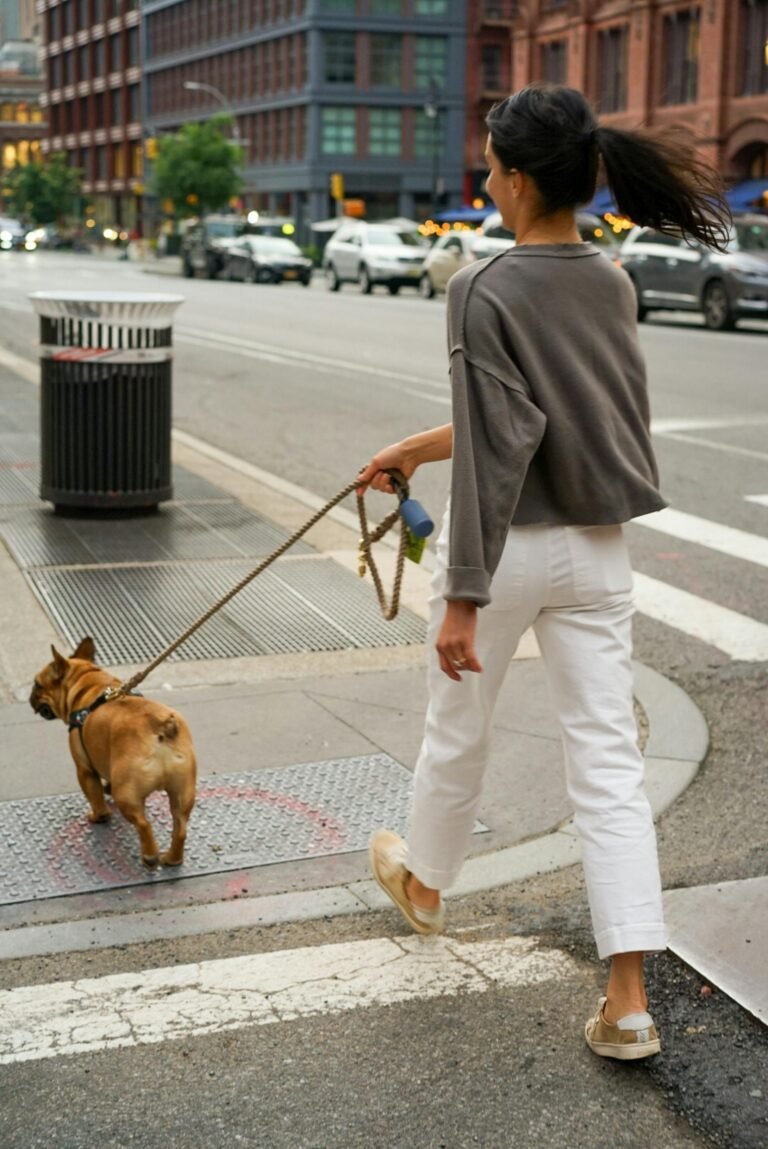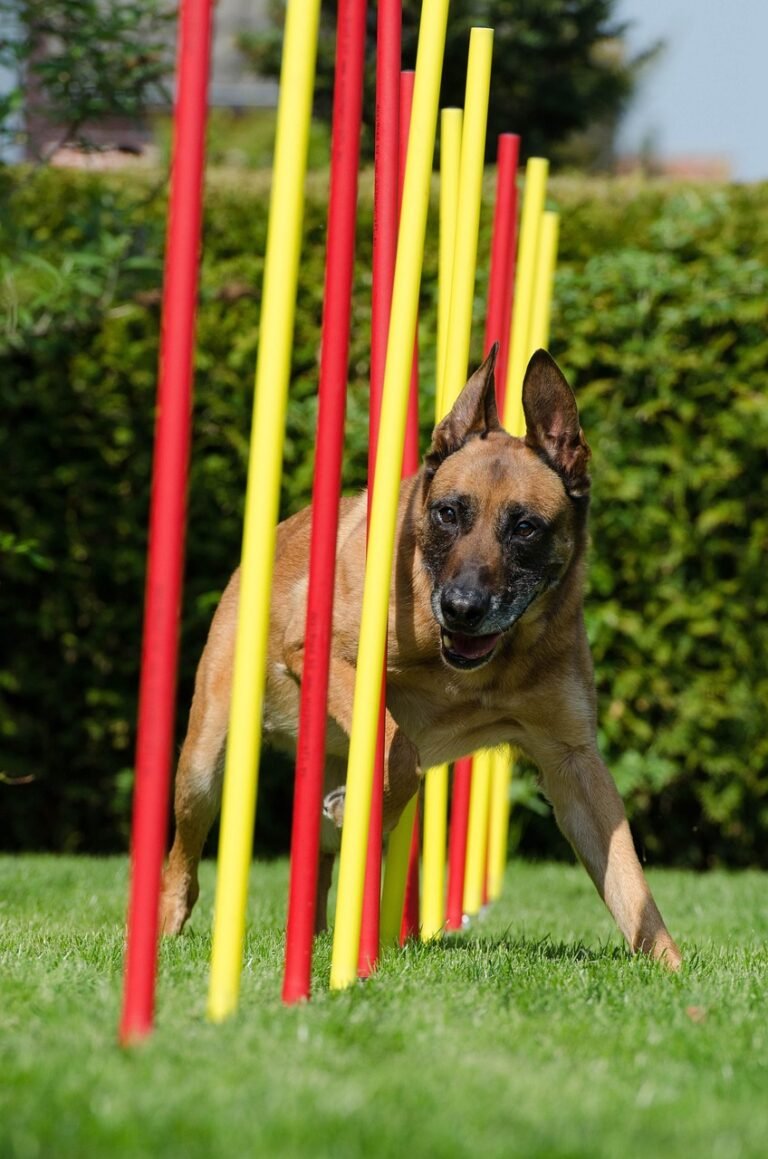What Are Velcro Dogs?
Velcro dogs is a term used to describe canines that exhibit a strong desire to be near their owners at all times. This behavior stems from their innate loyalty and attachment, leading them to follow their owner around the house and seek constant companionship. The term “Velcro” symbolically captures the essence of these dogs—much like Velcro adheres to surfaces, these dogs form strong bonds with human companions, making them feel secure and loved when they are close. This deeply rooted affection is often seen as a positive trait, contributing to the emotional well-being of both the dog and its owner.
Several characteristics classify a dog as a Velcro dog. Foremost among these traits is the intense companionship they seek. Velcro dogs typically display a keen awareness of their owner’s movements, often shadowing them throughout the day. This behavior can manifest in situations such as during meal preparation, sitting next to their owner while watching television, or even following them into the bathroom. Their need for closeness can be attributed to their social nature, as dogs are inherently pack animals and thrive on companionship.
Certain breeds are more likely to exhibit Velcro tendencies, such as Labrador Retrievers, Cocker Spaniels, and Miniature Poodles. These breeds are known for their affectionate and dependent personalities, often requiring reassurance and proximity to their human companions. Additionally, mixed-breed dogs can also display these traits, highlighting that such behavior is not exclusive to specific breeds. Velcro dogs bring joy and companionship to their owners, fostering a bond that enriches the lives of both parties. Understanding these behaviors is essential for pet owners, as it can enhance the overall relationship and care provided to these loyal companions.
The Psychological Reasons Behind the Behavior
The tendency of dogs to follow their owners everywhere, often termed as “Velcro dogs,” is a behavior rooted deeply in psychological factors. One primary reason this behavior manifests is the attachment style that a dog develops towards its owner. Similar to human attachment theories, dogs can form strong bonds that may lead them to seek constant proximity to their guardians. This bond is often nurtured through early socialization experiences, where a dog learns to associate their owner with comfort and safety.
Socialization plays a pivotal role in shaping a dog’s personality and behavior patterns. Dogs that are effectively socialized from a young age are more likely to display secure attachment styles, leading them to feel confident and comfortable when exploring their environment. Conversely, those who may have faced inadequate socialization or negative experiences tend to exhibit more anxious behaviors, resulting in a need for closeness to their owners. In such cases, the act of following their human becomes a coping mechanism to alleviate feelings of insecurity or distress.
Anxiety or fear is another critical psychological aspect influencing this behavior. Dogs that experience separation anxiety can develop a habit of shadowing their owners as a means to mitigate stress. Every time the owner stands up or moves, the anxious dog may interpret these actions as a signal that they are about to be left alone, prompting them to stay close. Furthermore, individual differences in personality can also affect this behavior. Some dogs, particularly those that are more naturally anxious or sensitive, are more prone to following their owners obsessively, while others may display more independence. Therefore, understanding a dog’s unique experiences and personality traits is essential in comprehending why they exhibit Velcro behavior.
Do Velcro Dogs Have Special Needs?
Velcro dogs, known for their strong attachment to their owners, can exhibit unique behavioral patterns that necessitate specific care and attention. These dogs often develop a profound need for closeness, which can lead to issues such as separation anxiety. Understanding this emotional dependency is crucial for pet owners, as it helps in creating an environment that nurtures their well-being while allowing for independence.
One significant challenge faced by velcro dogs is the tendency towards boredom. Their heightened need for companionship may lead to an inactive lifestyle if not adequately managed. Providing consistent mental and physical stimulation is vital for these pets. Engaging them in regular exercise and interactive play can effectively dispel excess energy, reducing the chances of behavioral issues that arise from boredom.
Additionally, velcro dogs may require a more structured routine than other breeds. Establishing a daily schedule that incorporates dedicated playtime, walks, and training sessions fosters a sense of security and predictability. This structured environment not only keeps these dogs engaged but also reinforces the bond between the pet and owner.
Moreover, incorporating enrichment activities, such as puzzle toys or scent games, can be beneficial. These activities stimulate their minds, encouraging curiosity and exploration while allowing for periods of independence. It is essential for velcro dogs to learn that being alone does not mean being abandoned, and teaching them this concept can help diminish anxiety-related behaviors.
While velcro dogs require special attention to address their emotional needs, with the right approach, they can lead fulfilling lives. Owners play a vital role in ensuring that their pets do not become overly dependent, promoting a healthy balance between companionship and independence.
How to Manage Your Velcro Dog’s Behavior
Managing the behavior of a Velcro dog, one that follows you closely at all times, can be both a challenge and an opportunity for enrichment. To effectively address this behavior, dog owners need to implement a combination of training methods, establish clear boundaries, and encourage independence through engaging activities.
One effective training approach is to teach your dog the “stay” command. This command can create a safe space for your dog, allowing them to remain in a designated spot while you move around the home. Gradually increase the distance from your dog as they become more comfortable with this command. Positive reinforcement, such as treats and praise, can help solidify this training and encourage your dog to remain stationary.
Establishing boundaries is essential for managing a Velcro dog’s behavior. It’s important to clearly define areas where your dog is allowed and where they should refrain from following you, such as the kitchen or bathroom. Keeping your dog’s favorite toys in designated spots can also help them learn to entertain themselves and understand that being apart from you is acceptable.
Moreover, engaging your Velcro dog in activities that promote independence is crucial. For instance, interactive toys and puzzle feeders encourage mental stimulation and can occupy their attention while you carry out daily tasks. Additionally, enrolling your dog in training classes or playgroups can help them socialize with others, reducing their inclination to follow you everywhere.
In conclusion, understanding the underlying reasons for your Velcro dog’s behavior and implementing structured training and engaging activities can help foster a more balanced relationship. By doing so, you not only reinforce independence but also strengthen the bond between you and your wandering companion.






